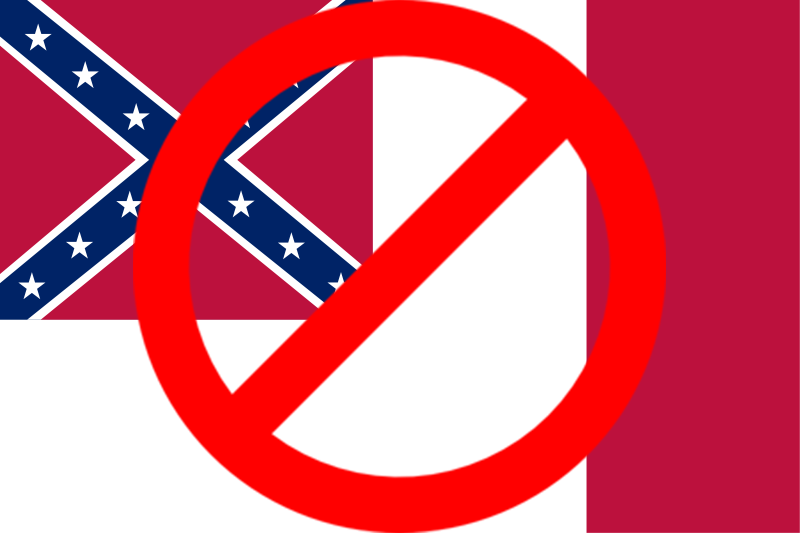HERITAGE NOT HATE. That was the slogan accompanying the Confederate flag reportedly worn by students at Nixa High School, in Nixa, Missouri to a Board of Education meeting. The students were protesting the school dress code provision: “Clothing with racially inflammatory or verbally harassing material such as Confederate flags or swastikas shall not be worn.” One parent said the shirts were about “Dukes of Hazzard-style stuff” rather than “hate crimes,” while two students spoke about racially-motivated bullying at the school.
The board retained the ban.
 Many courts have ruled on the constitutionality of school dress codes banning confederate flag attire. The Fourth Circuit recently ruled on the constitutionality of school bans of clothing depicting the Confederate flag in Hardwick v. Heyward. In that case, a student repeatedly wore various shirts depicting the Confederate flag, including one depicting the flag flying on the South Carolina capitol grounds. Her South Carolina school banned student dress that could “cause disruption,” interpreted to include images of the Confederate flag, and she was disciplined for violating the dress code. The student and her parents sued, claiming violations of her First Amendment rights to free speech and expression, and her Fourteenth Amendment rights to due process (for an overbroad and vague dress code) and equal protection (banning Confederate flag shirts but not other “racially themed” shirts).
Many courts have ruled on the constitutionality of school dress codes banning confederate flag attire. The Fourth Circuit recently ruled on the constitutionality of school bans of clothing depicting the Confederate flag in Hardwick v. Heyward. In that case, a student repeatedly wore various shirts depicting the Confederate flag, including one depicting the flag flying on the South Carolina capitol grounds. Her South Carolina school banned student dress that could “cause disruption,” interpreted to include images of the Confederate flag, and she was disciplined for violating the dress code. The student and her parents sued, claiming violations of her First Amendment rights to free speech and expression, and her Fourteenth Amendment rights to due process (for an overbroad and vague dress code) and equal protection (banning Confederate flag shirts but not other “racially themed” shirts).
The court applied the Tinker substantial disruption standard in upholding the ban, as have other circuits faced with the issue in recent years. The court looked at evidence of racial tension in the school, including past incidents involving depictions of the Confederate flag and during the 2000 South Carolina debate about the flag displayed on its capitol dome, and concluded that “school officials could predict that the Confederate flag would cause a disruption.” It further ruled that the ban was not overbroad or vague and, because it found the dress code to be viewpoint neutral on its face and its enforcement to be viewpoint neutral, it found no violation of equal protection.
[image via]
